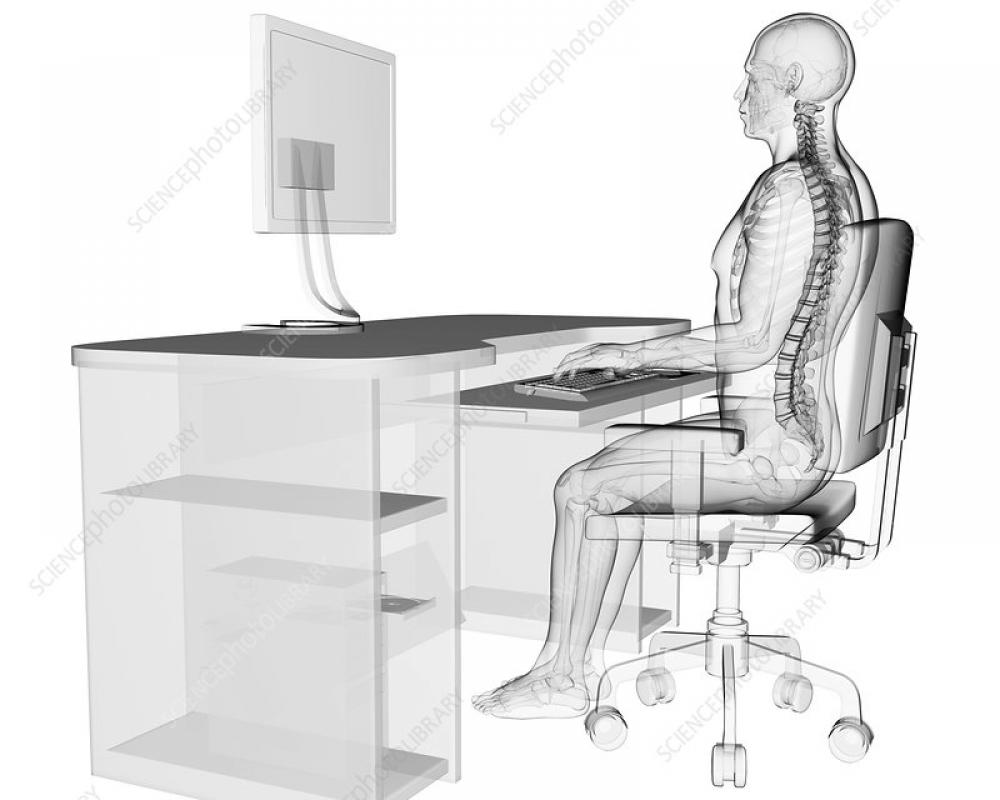What is posture?
What is posture?
October 02, 2017 Comments

Posture is not a concept. Neither is it an "ideal or static position." Posture IS position. It is the stable position of your body as it moves in gravity right now. Posture is the shape of YOU – moment by moment, movement by movement. What provides that shape is a highly complex system of bones, muscles, tendons, ligaments, and fascia that provides stability, strength and coordination to the body.
Postural muscles [or core muscles] stabilize the joints within the skeletal system through movement, against gravity. In terms of posture, stabilization means to slow down joint movement. In essence, postural muscles are a high-tech braking system. When it comes to movement and injury prevention, stability is king. It is more important – for long term joint and movement health – to be capable of slowing or stopping joint movement than it is to speed it up, and your body inherently knows this.
It is from stability that all healthy movement is derived.
Movement Muscles
Movement muscles [called phasic muscles] are the muscles that provide mobility. These muscles are primarily responsible for movement. Your phasic muscles are what make you go. They are the gas pedal.
What causes poor posture and pain?
When postural muscles are not engaged, such as from sitting for long hours every day, or lack of functional exercise, they go to sleep. If you do not use them, your postural muscles literally lose the ability to stabilize the joints of the body. Since stability is so important to movement, when your postural muscles lose their ability to function, your body MUST do something about it.
What does this look like? A great example of this is the lower core. It is primarily responsible for stabilizing the hip and the lower back. Sitting shuts off the lower core muscles. If you sit for long hours every day, over time you lose the ability to turn your lower core on. You can no longer fully engage them. Do this long enough and you will lose the functional ability to stabilize the hip and lower back with your core muscles. The muscles are there, but they are no longer doing their job.
What happens…
You have your postural muscles, the brakes. You have your movement muscles, the gas pedal. When the postural muscles shut down, the movement muscles are left with the responsibility of providing stability as well as mobility. This is the equivalent of having your foot on the gas pedal and on the brake at the exact same time.
What does this look like?
Let’s think again about your lower core. Once the lower core muscles have shut down, the pelvis is left unstable. Remember, stability is king! Your body will recruit stability from somewhere else when needed. In this instance the stability will come from the hip flexors and gluteals – both mobile muscles. The hip flexors and gluteals take over stability control of the pelvis. In doing so, they lose some functional ability as mobile muscles placing greater stress on the hamstrings and low back, leading to significant reductions in the range of motion of the hips and secondarily to the shoulders, knees, and feet. Reduced range of motion causes imbalances throughout the body, which ultimately lead to dysfunction, pain, and injury.
What is the lesson here?
For your body it is posture, aka stability, that trumps movement. If your postural muscles have lost their ability to function, your body will automatically trade in movement to achieve stability. There is no movement that does not begin without stability.
To improve posture, you must improve your body’s ability to stabilize itself within every range of motion available. This means creating a fundamental shift in how you move and how you train movement. The program I recommend to my clients includes self-myofascial release using a foam roller, deep tissue massage therapy, full body flexibility, corrective exercise, functional strength training, and being barefoot.
Read more of the original article at http://tao-fit.com/what-is-posture.